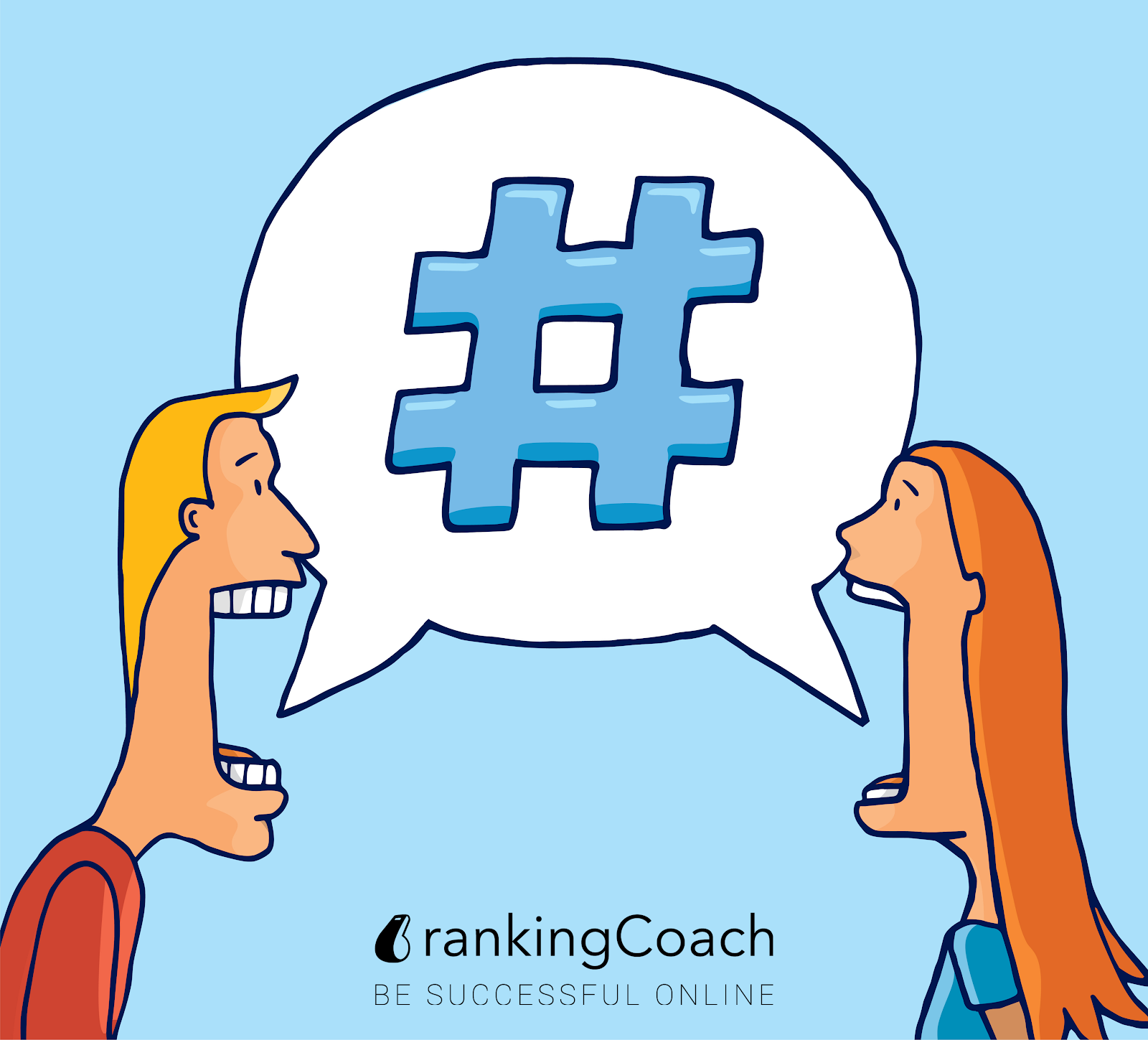9 Years Since The Social Network
It’s hard to believe that David Fincher’s iconic depiction of Facebook founder Mark Zuckerberg in The Social Network will be a decade old next year.
The film’s snappy dialogue and dark visual style have done a lot to shape public perceptions of Facebook’s founder, a man whose status as one of the most discussed and recognisable public figures of the 21st century, became only more apparent in the years that followed.
The Social Network reminds us that Facebook was not always a service as ubiquitous as an email address. In its early years, it was for the exclusive use of students at specific universities. Harvard, depicted in the film, being the first.
The website’s name has also undergone some changes: dropping a clumsy sounding definite article. That’s right, the company’s name used to sound like the exclamation of a confused Batman villain: oh no, it’s thefacebook! Ironically, for once, the baby boomers’ cringe-inducing habit of adding a ‘the’ to everything, (e.ge the hip hop) was more right than their tutting millennial children now would have thought.
Today with 85% of internet users outside of China being a member of Facebook, most of us know that there is no ‘the’ in front, but what about the name of Zuckerberg’s first program for comparing photos? – the one The Social Network’s first act explores. It went by the extraordinarily unappealing name of FaceMash.
It is easy to see why the name didn’t stick. Uploading your luxurious honeymoon photos to Facemash sounds wrong to even the most determined of social media butterflies.
Some of the innovators who followed Facebook also had surprising origins: Twitter’s developers were originally looking to start a podcast platform and Instagram began as an experiment with HTML 5.
Social Media Was Also A Child of Britpop
Many forget that it didn’t all start with Facemash. The first social media platform was a product of the 90s and went by the name of SixDegrees, first coming online 22 years ago. Believe or not, it is still going, but it’s more of a hardcore thing for diehard fans. This is reflected by its page design which it must be said hasn’t aged well.
Fast forward to Facebook’s decade, even then, Myspace and Beeboo were there first -points to anyone who remembers the latter, and pity for anyone who had an account.
Back in its heydey Myspace was in fact tipped to be the social media platform that would ‘make it big’. For the time, its user base of 100 million seemed very impressive.
So much so that the Rupert Murdoch owned News Corp bought the platform in 2009 for $580million. A massive figure for the time. The price paid drew criticism, as many people still had their doubts on how social media could be monetized and feared a repeat of the dot-com bubble
News Corp’s resale of Myspace for a pitiful $35 million in 2011 was an indication of shifting dominance not the decline of social media overall. Within a year of NewsCorp’s half a $billion haircut, Facebook could afford to buy Instagram with it’s 30 million users for $1billion.
In our times, doubts on the business value of social media have been well and truly dispelled. On one Wednesday last year, Mark Zuckerberg made $1.7 billion from Instagram announcing a new feature. Today Instagram’s user base is over a billion.
Ironically, as you can see from this article, social media platforms that first evolved as a means to relax from studies and to socialise, are now the topic of study for scholars and journalists.
More than just Facebook!
Social media has become so integrated into the very fabric of our daily lives that we almost forget how often we use it. In recent years social media platforms have expanded into a whole range of new applications and services.
The average online user has 8.5 social media accounts. It’s not just about the big three: Facebook, Instagram and Twitter.
The most visited social media platforms isn’t even one of these. So, who is number one? You probably use this site every day and have forgotten about its in-built social media features: Youtube is top of the pile with 86% of people using it outside of China, though it must be said, Facebook has the most members.
To find out the next two in that 8.5 average, all you have to do is take out your smartphone and check those notification bubbles. Two of the applications that many people check on a daily basis are owned by Facebook: Facebook Messenger and WhatsApp, respectively by 72% and 66% of internet users outside of China.
Slightly further down the list, we have two properties of Microsoft: Linkedin and Skype with 40% and 35% of users. Finally, Snapchat, a platform, as with Instagram, coming from this decade and using photos as it the central form of communicates.
Snapchat is the exception in this list, it is the only platform not owned by Google, Facebook, or Microsoft. The fact that 9/10 of the top social media platforms are owned by 3/10 of the largest brands in the world is a real indicator of just how far social media has come.
Social Media and Business
Social Media is not just a profitable business for its owners, it has become one of the dominant marketing channels. Noone in digital marketing can afford to ignore its significance.
Overall Social Media is now the second most important digital marketing channel with
22% of online consumers having liked or followed brands on social networks in the past month.
Take one look at the younger generation and it becomes apparent that this trend is only set to intensify. Since 2017, Among 16-24-year-olds, social media has become the most influential digital marketing channel.
A well managed social media presence is vital to form connections with customers, both current and perspective: more than 4 in 10 use social networks to research new brands or products. It is no longer enough for businesses to just have a website
A successful digital marketing strategy mixes a well-optimized website with a well managed social media, directory and review presence. Digital marketing tools like rankingCoach have made cross channel digital marketing affordable and manageable for SMEs.
We have seen how social media has transitioned from an exclusive platform of university students to an all-encompassing platform for dialogue between people of all ages along with businesses and institutions from all over the world.
For tips and tricks on how to use social media to boost your digital marketing presence along with SEO and SEM trends check out my blog. To get the very best out of this new world of digital marketing for SMEs Start your free trial of rankingCoach now.

Joshua Schofield is the Marketing Content Manager for rankingCoach Cologne.
He has spent the last decade working in content creation, digital marketing, and corporate education. He has a Masters in American History from The University of Nottingham
